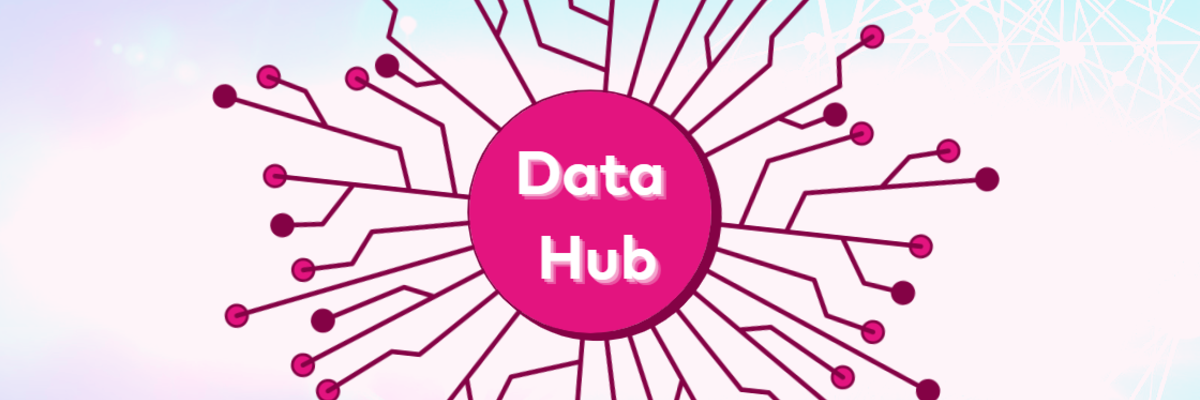How a data hub helps you step up customer engagement
22 June 2022

Flexibility to evolving end-user needs is one of the significant benefits that a modern data platform has to offer. Thanks to a modular set-up facilitated by a Cloud-first strategy, it becomes easier than ever to integrate new services and empower new use cases. A data hub that helps you increase customer engagement is an excellent example of what you can achieve with modest effort.
Pushing back data to your CRM system
Say you’re running a subscription-based business. With a modern data platform that integrates the operational data from your CRM system and your app, you can do much more than simply report on customer churn. For example, by extending your data platform with Machine Learning services, you can also build models to predict which customers are likely to churn.
But what if you want churn risk to be part of the customer’s profile in your CRM system, such that your salespeople can act in time? Or what if you need to provide service engineers with a more comprehensive view of an individual customer’s product behavior, enabling them to recommend subscription upgrades that match the customer’s interests?
It all comes down to one question: how can you push back enriched customer data from your data platform to your CRM system (or customer service software)?
A data platform vs. a data hub
As your data platform unleashes your business logic on the data coming from your CRM system, webshop, customer service software or app, those source data are transformed into a comprehensive set of data stored in your platform’s data lake.
Those enriched data, which ultimately deliver a 360-degree view of your customers, typically feed your BI reporting or can be used for advanced customer segmentation. But that’s where it usually stops because your data platform is an endpoint for data collection.
On the other hand, a data hub serves as a data exchange. It enables you to share enriched and validated customer data with more data consumers and do that in the operational systems they are using.
Upgrading to a data hub can be a quick win
Thanks to your data platform’s underlying cloud infrastructure, upgrading to a full-fledged data hub is easier than you might think. After all, your enriched customer data are already saved in your data lake. Then, when we build the data hub, we add dedicated data views that reflect your use case and save those views to the data lake. The data hub can retrieve those views and then push them to your CRM system, customer service software, or any other operational system.
That’s where we come to another key element of a data hub: its ability to connect with your operational systems and applications in 2 directions. Again, the underlying cloud infrastructure makes it much easier to integrate your data platform with various sources, compared to an on-premises deployment. And if there are any issues with a specific data source, we've most likely tackled them already when setting up your data platform.
Triggering the right type of customer interaction at the right time
When you upgrade to a full-fledged data hub, you can take advantage of all features of your modern data platform, including event triggers. What you get, in fact, is a streamlined process where your data changes are pushed from the data lake to your operational systems based on pre-agreed rules.
To settle our minds, let's return to the point of customer loyalty for a moment. Thanks to the integration of Machine Learning services into your data platform, you’ve been able to build models that predict churn risk based on all available customer data. And you've set up several rules to move customers to a dedicated high-risk segment as soon as the related churn risk crosses a threshold. That kind of segmentation event can trigger a new action, such as feeding this change into your CRM system and alerting the dedicated salesperson.
Surely, you could handle this manually to some extent. For example, you could task a collaborator to export the IDs of high-risk customers from your data lake and enter this information into your CRM system. However, additional manipulations may then still be required to move those customers into a dedicated high-risk segment and alert your salespersons. Eventually, you will find that such an ad-hoc manual approach takes a lot of time and is difficult to sustain.
With a data hub, we eliminate the need for further manual, error-prone tasks because we implement all logic and automation where needed, depending on your operational systems’ capabilities. That not only saves you time and money. It also enables you to sustainably increase customer engagement by consistently triggering the right type of interaction at the right time.
Ready to find out more?
Reach out to us for more background information. Why not get around the table to discuss how a data hub can provide your salespeople, service engineers, … with actionable customer data straight from your data lake?
